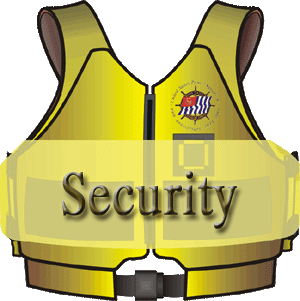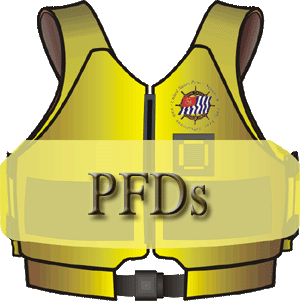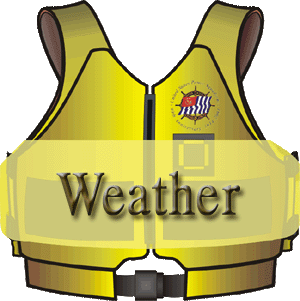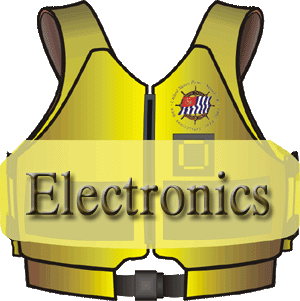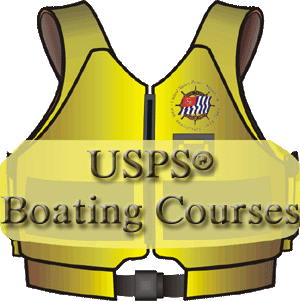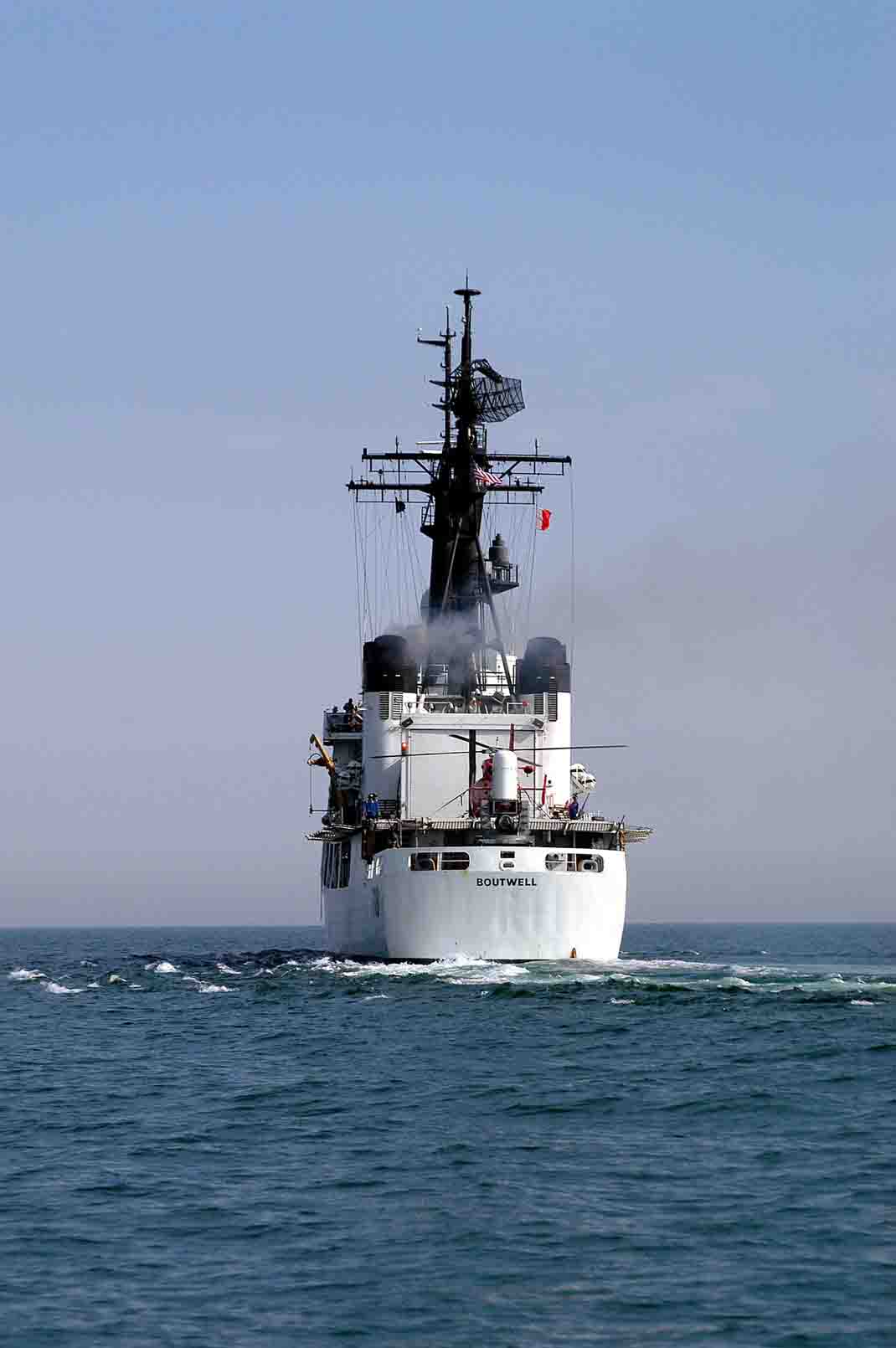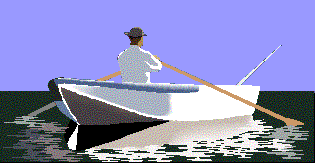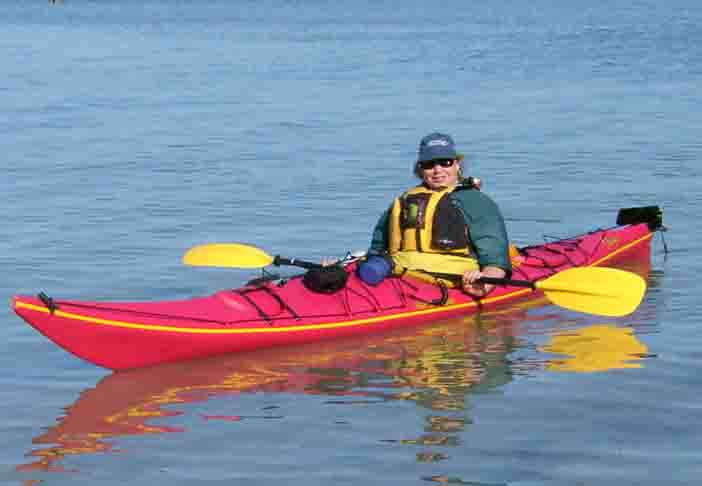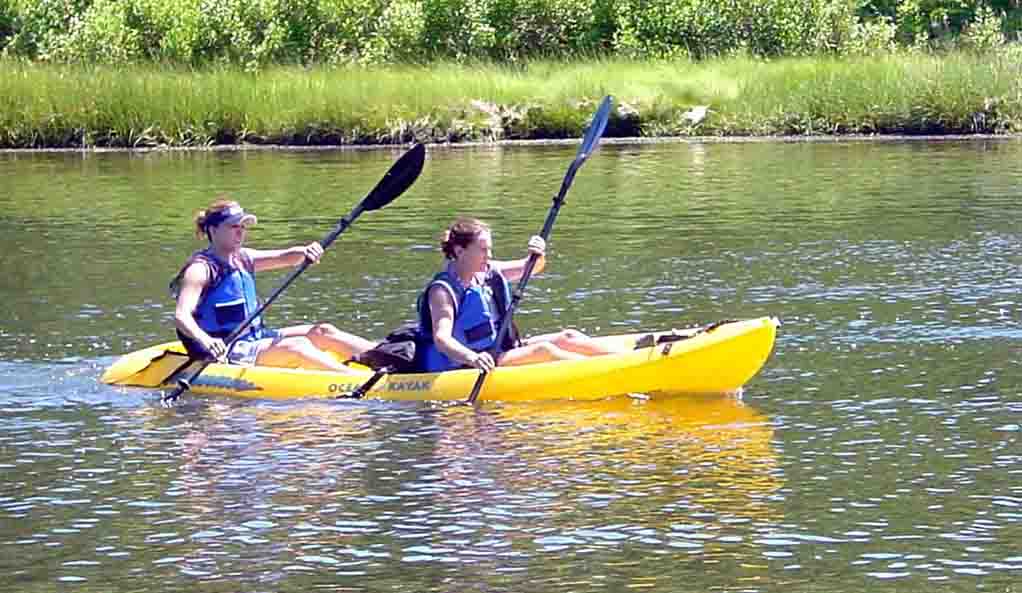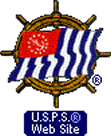

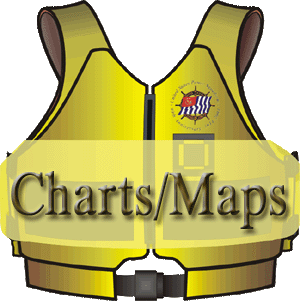
| Paddle
Smart™ - Navigation Rules
Though paddling is a form of boating, paddlers have fewer rules to follow than captains of powerboats or sailboats. Since paddlers can go practically anywhere, unlike their boating big brothers, they will make more common-sense decisions. In navigating your small craft, it is necessary to understand you: · May not be visible to the captain and crew of a larger vessel · Are more maneuverable than larger boats · Require less draft than larger crafts · Are not "under power" As you paddle, a variety of situations will occur when you need to know where you are, where you should be, and what you can do to be safe. Below is a brief list of scenarios and what you can do to enhance your safety. Make Yourself More Visible · Travel close to shore or large stationary objects · Use bright colors on your boat and equipment · Use additional reflective tape on boat and equipment · Stay close to your paddling buddies
The basic rule of boating is that the craft under power has to yield to the boat not under power. Though this is true, the fact may be that those under power can't see you! This is why it is important to have bright colors and possibly some additional reflective tape added to the sides of your vessel and other equipment. If the approaching vessel is larger and moving at a fast pace, there is even less time for the captain to notice you. Be proactive in assisting the captain of the vessel in noticing you. Better yet, since you are more maneuverable, steer clear of larger vessels. A good rule of thumb is to stay closer to the shoreline or large stationary objects as larger vessels naturally avoid these areas. If shore is not close, stay within a few feet of other paddlers, thus making everyone more visible. Traveling in groups ensures you are seen. Passing Other Vessels: · Oncoming vessel, pass to the right · Both traveling in the same direction, pass on left as on U.S. highways. · Exaggerate the turn or change in direction · Stay a safe distance away from other vessels If you must pass a vessel coming toward you, pass to the right of that vessel. If the vessel is slower and you are both traveling in the same direction, go around the vessel on the left. (This is similar to driving on the roadways in the U.S.). If you must pass another vessel, when you turn either right or left depending on your situation, exaggerate the turn. This will ensure the other vessel recognizes you see them and lets them know your intention. It is always wise to keep a safe distance from another craft; the larger the craft, the farther away you should stay. Large Ocean-Going Vessels · Stay at least a mile away regardless of who has the right-of-way If you see large cargo or ocean-going ships, stay a few miles away! The best rule here is to remember: they cannot stop or adjust course as fast as you when underway nor adjust course due to the depth they may require. Due to their height and size, it is even more difficult for them to see you. Keep a distance of a mile or two behind ships as the water moving behind them is very forceful and dangerous. The general rule is: if the vessel is larger than you, it is best to stay out of their way regardless of who has the right-of-way. Channels · Paddle outside of channels or to the far right · Cross at the shortest distance across · Cross as a group; stay close together If you are near a channel or a channel marker, stay out of the channel or near the marker. Channels are designed for vessels that need deeper waters. If you must go out a channel, stay to the far right side as close to the marker line as possible or just outside the channel. The waters are perfect for you here (and safer), but not for larger crafts. If you must cross a channel, do it together, within 20 feet of other paddlers, when there is plenty of distance between you and an approaching vessel. This will make you more visible, and the large vessel (being less maneuverable) will not have to dodge multiple small craft in the same area.
|
|
| Disclaimer|
Privacy
Statement | Trademarks
Page updated July 8, 2016 |
|
